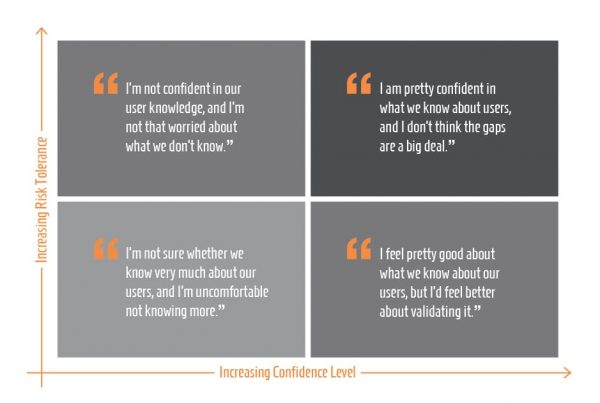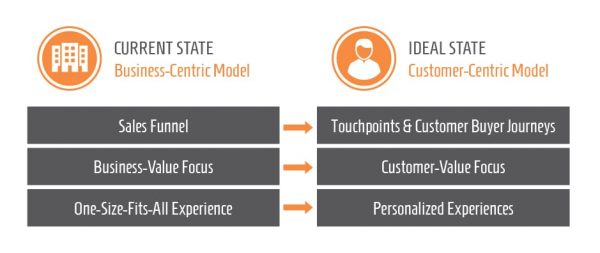Sometimes it can be a challenge to create win-win solutions with your organization and your customers. On one hand, your goal is to increase market share and leads with limited resources. On the other, your customers expect personalized experiences, which requires more time and resources – and that can be costly without the right automation tools.
Think you have to sacrifice one for the other? Think of ways to connect the two instead.
The 4 Best Places to Start
Here are four ways to connect your business strategy and customer needs:
Tip #1: ALWAYS begin with research.
You might think doing research seems like starting from scratch. But you can learn a lot from the information you already have about your customers. Look at each market segment, and keep an eye out for:
- Any customer-related trends or general purchasing habits.
- How customers get information for purchase decisions.
- What content customers interact with on your website.
Identify tasks that they would need to complete before ever calling a dealer or sales representative, and make some educated guesses on customer intent. For instance, a web analytics tool might show that a particular page or call-to-action gets significantly more engagement before a customer completes a conversion step. That could be a big clue about what task your customer is trying to accomplish before picking up the phone.
More common than not, existing data won’t provide a full view of your potential customers and their needs. Information gaps might exist between market segments. Outdated information won’t reflect new customer trends, and so on. So take a good, hard look at how comfortable you are with using that information to align your content to customer needs. Meghan Casey, author of The Content Strategy Toolkit, offers a matrix when assessing how confident you feel with your existing user information in relation to the level of risk.

If you’re hesitant about using your current data, consider validating your existing customer information or completing additional research to fill any gaps.
Tip #2: To Truly Reach Your Customers, Think Like a Storyteller.
Many marketers still take a business-centric approach when it comes to meeting goals. But in reality, this approach isn’t effective or efficient when it comes to highly-considered purchase decisions and indirect sales channels. That’s because customers have more control than ever over how, when and if to engage with your organization. So how do you make the shift? Think like a storyteller.
Put people first to start creating your customer-centric approach. Remember, your customers have a lot of questions and tasks to address before confidently deciding on a big purchase. Most will use every tool they have to ensure they’re making the best decision before contacting a sales rep. It’s a big deal for them. And the stakes are high.
Consider mapping these questions and tasks along a buyer journey to build a plan about when, where and how to address them. This can help you identify valuable touchpoints and tools that customers need to complete, so they feel confident enough to meet a sales partner.

Tip #3: Define your strategy from the customer perspective.
Remember, customers are more in control of how, when and if they engage with your organization than ever before. So how do you gain their attention? Give them the tools and content they want by defining your strategy from their point of view. It will build trust between customers and your organization, as well as contribute to your success.
| Business Perspective | Customer-Centric Perspective |
| Reaching Financial Goals | Care About Growing Business & Being Profitable |
| Wants Brand Awareness | Want to Trust the Brand They’re Working With |
| Articulating Features & Benefits | Want to Know Benefits of Products |
| Wants to Increase Customer Base | |
| Demand for Marketing Automation |
Tip #4: Choose a partner.
Connecting your business strategy to customer needs may require help. Think of it as recruiting advocates for your customers.
- Look for people who genuinely want to understand the relationship between your customer needs and your sales partners.
- If you’re working with an agency or vendor, find out what tools and resources they offer to support your efforts. For instance, look for agencies that specialize in marketing strategy, demand generation, lead management and measuring customer engagement.
And if you have any questions or need a hand, reach out anytime. We’re here to help.
